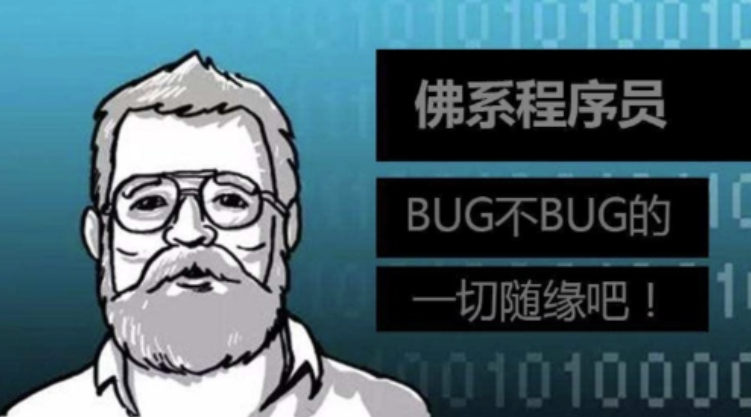如果没有 “power” 字段但有 “Temperature” 字段,那么根据您的代码逻辑,会将 “Temperature” 对象插入到数组的开头,而不是第二个位置。要将其放在第二个位置,您可以做一些调整:
nlohmann::json member;
member["Data"] = nlohmann::json::parse(data);
if (object.find("power") != object.end())
{
// Move the "power" object to the beginning of "History"
nlohmann::json& historyArray = asyncResp->res.jsonValue["History"];
historyArray.insert(historyArray.begin(), member);
}
else if (object.find("Temperature") != object.end())
{
// Insert "Temperature" object at the second position in "History",
// after the first element
nlohmann::json& historyArray = asyncResp->res.jsonValue["History"];
if (historyArray.size() > 0)
historyArray.insert(historyArray.begin() + 1, member);
else
historyArray.push_back(member); // If History is empty, add it as the first element
}
else
{
// Append other objects to the end of "History"
asyncResp->res.jsonValue["History"].push_back(member);
}
通过上述修改,即使没有 “power” 字段,也能将 “Temperature” 对象插入到数组的第二个位置。如果数组为空,则直接作为第一个元素添加到末尾。
内容由零声教学AI助手提供,问题来源于学员提问










![/data # iw --debug dev wlan0 connect -w "lucky-5g" auth open key 0:1234567890
Usage: iw [options] dev connect [-w] [] [] [auth open|shared] [key 0:abcde d:1:6162636465] [mfp:req/opt/no]
Join the network with ...](https://linuxcpp.0voice.com/zb_users/upload/2023/05/202305162239148267954.png)
![驱动代码
void kalRxTaskletSchedule(struct GLUE_INFO *pr)
{
static unsigned int num = 0;
tasklet_hi_schedule(&pr->rRxTask[(num++)%NR_CPUS]);
// tasklet_hi_schedule(&pr->rRxTask);
DBGLOG(HAL, ERROR,](https://linuxcpp.0voice.com/zb_users/upload/2023/05/202305162226144313964.png)







